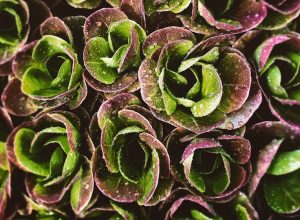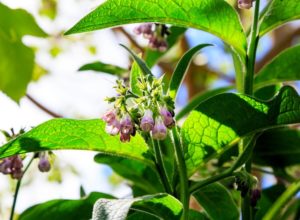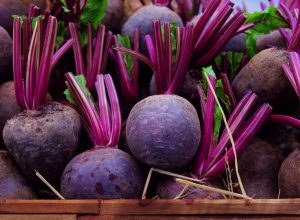October Gardening Guide – Tropical Climate
What to Plant in October?
- Rocket, mustard, tatsoi and Miners lettuce: Plant seeds at regular intervals to keep the crops coming. These will all tolerate the build-up to the wet season. Darwin lettuce is a more traditional option that does well at this time of the year. The French Sorrel is still growing well but needs regular watering.
- Prepare for Christmas: Start preparing now by planting according to the proposed menu.
- Asparagus, turmeric, galangal and ginger rhizomes, and water chestnut bulbs: The summer growing crops can still be planted. Those already in the ground from last year may not be sprouting yet as that is determined by the heat and humidity.
- Fruit trees: The Wampi tree is still flowering but with no sign of fruit set. The water roseapple or wax jambu tree is covered with unopened flower buds.
Maintenance
- Prune trees along the footpath and weed the area.
- Clear any overgrowth or overhanging plants along the fence line.
- Cut the sweet leaf to ground level so that fresh growth is generated. This encourages a bushier growth habit and so a thicker privacy screen.
- Maintain fertiliser routines. Water well before applying fertiliser.
Weeds, Pests and Disease
- Clean up any fruit blown off the trees and feed to the worms or chooks.
Harvest and Preserve
- The main fruit crops at the moment are jackfruit, bananas, pineapple, pawpaw and white sapote.
- Riberry are still ripening. I harvest them over a period of weeks and freeze the fruit. When the harvest is complete then I make tangy chutney.
Permaculture Principle #10: Use and value diversity
- The safety of the future of the world will depend on many strategies which can include Permaculture but cannot be restricted to one approach. This denies the principle itself.
- A diversity of income sources protects from disaster if one source changes or is no longer available.
- A mixture of perennial and annual food crops growing in different levels in the garden uses and values the diversity available within the garden.
- Working with nature by allowing biodiversity and self-management within the garden increases the diversity of wildlife and plants within the area.
- Self-reliance is enhanced by producing a little of a lot of different plants for different purposes. You might grow 25 different types of salad greens, cassava, taro and sweet potato for starchy vegetables, which also provide greens for cooking. Lemon grass and comfrey may be used for mulch production.
– Kathleen Hosking, Solution Focused








